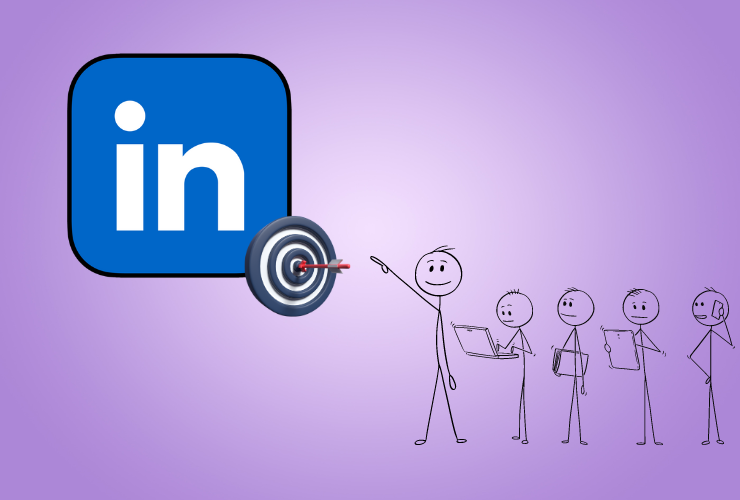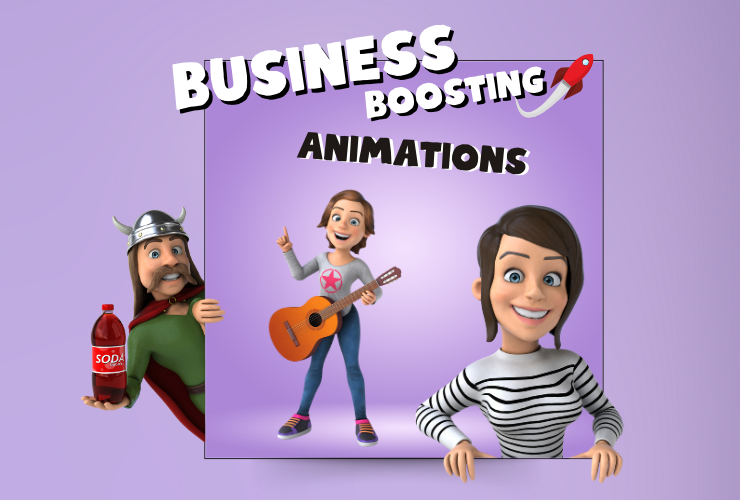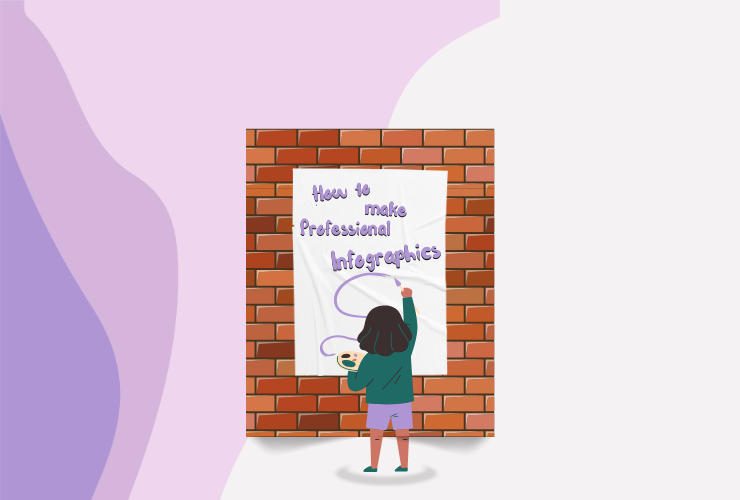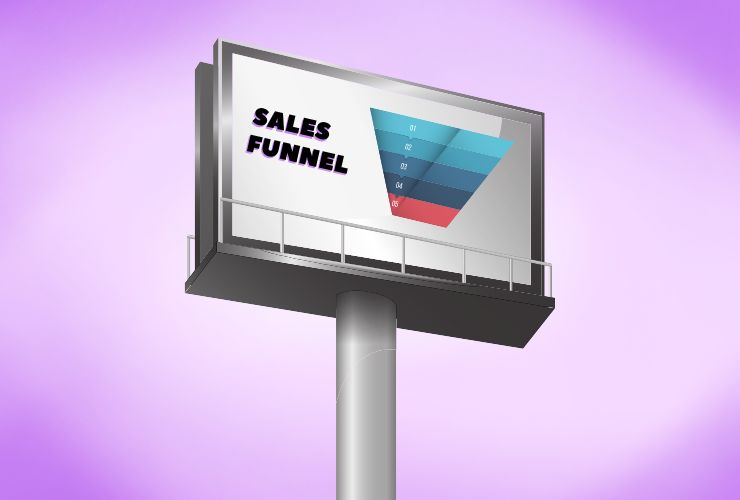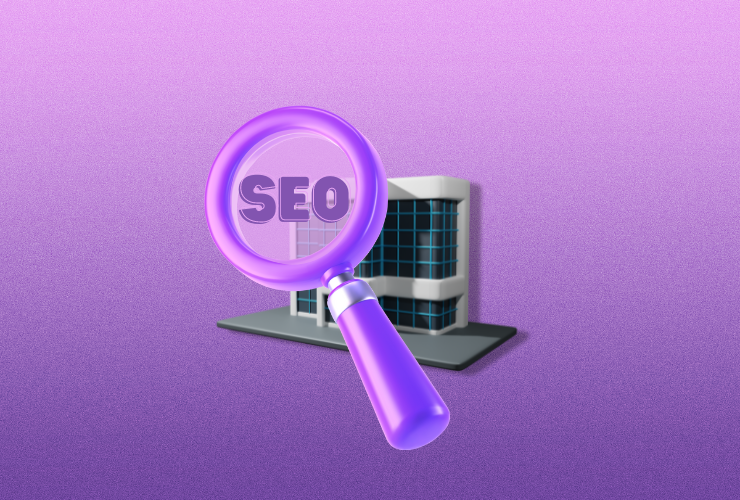LinkedIn Retargeting: A Strategy All B2B Marketers Need to Try- Sow Dream
In today's competitive B2B marketing landscape, it's more important than ever to reach your target audience with relevant and timely messaging. One of the most effective ways to do this is through LinkedIn retargeting.
LinkedIn retargeting allows you to show ads to people who have already visited your website or interacted with your content on LinkedIn. This means that you're only reaching people who have already shown an interest in your brand, which makes your ads more likely to be seen and clicked on.
In this blog post, we'll discuss the benefits of LinkedIn retargeting strategy for B2B marketers, and we'll provide some tips for creating effective retargeting campaigns.
Understanding LinkedIn Retargeting
Before understanding LinkedIn Retargeting, you need to have a proper idea on what exactly is RETARGETING!
So, Retargeting is a marketing strategy that allows you to show ads to people who have already visited your website or interacted with your content. This is done by placing a cookie on the visitor's computer, which allows you to track their online activity. When the visitor visits another website that uses the same retargeting platform, your ad will be displayed.
Retargeting is important because it allows you to reach people who are already interested in your products or services. This is in contrast to traditional advertising, which is often seen by people who have no interest in what you're selling. Retargeting can help you to increase brand awareness, generate leads, and close sales.
What is LinkedIn Retargeting?
LinkedIn retargeting is a type of retargeting that uses LinkedIn's targeting capabilities to show ads to people who have visited your website or interacted with your content on LinkedIn. This makes it a very effective way to reach B2B decision-makers who are already interested in what you have to offer.
How Does LinkedIn Retargeting Differ from Other Retargeting Methods?
LinkedIn retargeting differs from other retargeting methods in a few key ways. First, it allows you to target your ads to people who are already interested in your products or services. This is because LinkedIn users are self-selected professionals who are actively looking to connect with other professionals and learn about new products and services. Second, LinkedIn retargeting allows you to target your ads to specific job titles, industries, and company sizes. This means that you can ensure that your ads are seen by the people who are most likely to be interested in what you have to offer.
Benefits of LinkedIn Retargeting for B2B Marketers
LinkedIn retargeting is a powerful tool that can help B2B marketers to reach their target audience, build brand awareness, and increase conversion rates. Here are some of the benefits of LinkedIn retargeting for B2B marketers:
Targeting a Niche Audience
LinkedIn is a professional networking platform with over 830 million members. This means that it has a large and diverse audience, but it also means that it has a very specific audience. LinkedIn users are professionals who are actively looking to connect with other professionals and learn about new products and services. This makes LinkedIn a great place to reach B2B decision-makers, as they are likely to be active on the platform.
Precise Targeting Options
LinkedIn retargeting allows you to target your ads to specific job titles, industries, company sizes, and even interests. This means that you can ensure that your ads are seen by the people who are most likely to be interested in what you have to offer. For example, if you're a software company, you could target your ads to people with job titles such as "software engineer" or "IT manager". You could also target your ads to people in specific industries, such as healthcare or finance. By using precise targeting options, you can ensure that your ads are seen by the people who are most likely to be interested in what you have to offer.
Building Brand Awareness
Retargeting is a great way to build brand awareness among potential B2B clients. When you retarget people who have visited your website or interacted with your content on LinkedIn, you're essentially reminding them of your company and your offerings. This can help to keep your brand top-of-mind, and it can make you more likely to be considered when they're ready to make a purchase.
Increasing Conversion Rates
One of the biggest benefits of LinkedIn retargeting is that it can help you to increase conversion rates. When you target a warm audience, you're more likely to get them to click on your ads and take action. This is because they're already interested in what you have to offer, so they're more likely to be persuaded by your messaging.
LinkedIn retargeting is a powerful tool that can help B2B marketers to achieve their goals. By targeting a niche audience, using precise targeting options, building brand awareness, and increasing conversion rates, B2B marketers can use LinkedIn retargeting to reach their target audience with relevant and timely messaging.
Steps to Set Up a Successful LinkedIn Retargeting Campaign
LinkedIn retargeting is a powerful tool that can help B2B marketers to achieve their goals. However, it's important to set up your campaign correctly in order to get the best results. Here are the steps involved in setting up a successful LinkedIn retargeting campaign:
Pixel Implementation
The first step is to install the LinkedIn Insight Tag on your website. This tag will allow LinkedIn to track the behavior of visitors to your website, so that you can create retargeting audiences based on their interactions. You can find instructions on how to install the Insight Tag on the LinkedIn website.
Creating Retargeting Audiences
Once you have the Insight Tag installed, you can start creating retargeting audiences. You can create audiences based on a variety of criteria, such as:
- Website Visitors: This is the most common type of retargeting audience. You can create an audience of people who have visited your website in the past, even if they didn't take any action.
- Lead form Submitters: This audience includes people who have submitted a lead form on your website. This is a valuable audience, as these people are already interested in what you have to offer.
- Product Page Viewers: This audience includes people who have viewed specific product pages on your website. This is a good audience to target if you want to promote a specific product or service.
Setting Up the Campaign
Once you have created your ad content, you need to set up your campaign. You can do this in the LinkedIn Ads Manager. When setting up your campaign, you will need to choose your targeting options, set your budget, and create your ad schedule.
Here are a few tips for setting up a successful LinkedIn retargeting campaign:
- Target your ads to a specific audience. The more specific your targeting, the more effective your campaign will be.
- Set a realistic budget. Don't overspend on your campaign, but also don't underspend.
- Create a schedule that works for you. You can run your campaign continuously or on a specific schedule.
By following these steps, you can set up a successful LinkedIn retargeting campaign that will help you to reach your target audience and achieve your marketing goals.
Best Practices for Effective LinkedIn Retargeting
LinkedIn retargeting is a powerful tool that can help B2B marketers to achieve their goals. However, in order to get the best results, it's important to follow some best practices. Here are a few tips for running effective LinkedIn retargeting campaigns:
Segmenting Audiences
One of the most important things you can do to improve the effectiveness of your LinkedIn retargeting campaigns is to segment your audiences. This means dividing your audience into smaller groups based on their behavior and engagement level. For example, you could create separate audiences for people who have visited your website, people who have viewed specific product pages, and people who have submitted a lead form.
By segmenting your audiences, you can create more targeted ads that are more likely to resonate with each group. You can also use different ad formats and messaging for different segments, depending on their interests and needs.
Personalization
Another important best practice for LinkedIn retargeting is to personalize your ad content. This means tailoring your ads to the specific interests and needs of each audience segment. For example, if you're targeting people who have visited your website's product pages, you could create ads that feature specific products or services that they've shown an interest in.
Personalized ads are more likely to grab attention and generate clicks. They also help to build trust and credibility with potential customers, as they show that you're paying attention to their needs.
A/B Testing
A/B testing is a great way to improve the performance of your LinkedIn retargeting campaigns. This involves testing different ad formats, headlines, and images to see what works best for your target audience.
For example, you could test different ad formats to see which one gets more clicks. You could also test different headlines to see which one generates the most engagement. And you could test different images to see which one gets the most views.
By A/B testing, you can quickly and easily identify the ad elements that are most effective for your target audience. This will help you to improve the performance of your campaigns and get more results.
Monitoring and Optimization
Once your LinkedIn retargeting campaigns are up and running, it's important to monitor their performance and make necessary adjustments. This will help you to ensure that your campaigns are on track to achieve your goals.
There are a few key metrics you should track, such as click-through rate (CTR), conversion rate, and cost per lead (CPL). You should also look at the overall performance of your campaigns, such as impressions, reach, and engagement.
By monitoring your campaigns and making adjustments as needed, you can ensure that they're as effective as possible. This will help you to get more leads, sales, and other results from your LinkedIn retargeting efforts.
Overcoming Challenges and Potential Pitfalls
LinkedIn retargeting is a powerful tool, but it's important to be aware of the challenges and potential pitfalls that can occur. Here are a few common challenges that B2B marketers might face when implementing LinkedIn retargeting:
- Budget: LinkedIn retargeting can be expensive, especially if you're targeting a large audience. It's important to set a realistic budget and to track your results closely so that you can optimize your campaigns and get the most out of your investment.
- Targeting: LinkedIn offers a wide range of targeting options, but it can be difficult to choose the right ones for your campaign. It's important to do your research and test different targeting options to see what works best for your target audience.
- Creative: LinkedIn ads need to be compelling and relevant in order to be effective. It's important to use clear and concise messaging, compelling visuals, and a strong call to action.
- Optimization: It's important to monitor your campaigns and make adjustments as needed. This will help you to ensure that your campaigns are on track to achieve your goals.
Here are a few solutions and strategies to address these challenges effectively:
- Budget: There are a few things you can do to manage your budget for LinkedIn retargeting. First, you can set a daily budget so that you don't overspend. Second, you can use LinkedIn's bidding options to control how much you're willing to pay for each click or conversion. Finally, you can use LinkedIn's reporting tools to track your results so that you can optimize your campaigns and get the most out of your investment.
- Targeting: LinkedIn's targeting options can be complex, but there are a few things you can do to make it easier. First, use LinkedIn's targeting wizard to help you choose the right options for your campaign. Second, use LinkedIn's audience insights to learn more about your target audience. Finally, test different targeting options to see what works best for your campaign.
- Creative: LinkedIn ads need to be compelling and relevant in order to be effective. Here are a few tips for creating effective LinkedIn ads:
- Use clear and concise messaging that highlights the benefits of your products or services.
- Use compelling visuals that will grab attention and make people want to learn more.
- Personalize your ads to the specific interests of your target audience.
- Use a strong call to action that encourages people to take the next step.|
- Optimization: It's important to monitor your campaigns and make adjustments as needed. Here are a few things you can do to optimize your LinkedIn retargeting campaigns:
- Track your results closely so that you can see what's working and what's not.
- Make adjustments to your targeting options, creative, and bidding as needed.
- Use LinkedIn's reporting tools to identify trends and opportunities.
By following these tips, you can overcome the challenges of LinkedIn retargeting and use this powerful tool to achieve your marketing goals.
Future Trends in LinkedIn Retargeting
LinkedIn retargeting is a powerful tool that is constantly evolving. Here are a few potential advancements in LinkedIn retargeting technology that we might see in the future:
- More Precise Targeting: LinkedIn is constantly developing new targeting options, which will allow B2B marketers to target their ads with even more precision. For example, LinkedIn may soon allow marketers to target their ads based on job title, industry, company size, and even specific interests.
- Personalized Ads: LinkedIn is also developing new ways to personalize ads for individual users. For example, LinkedIn may soon allow marketers to create ads that are tailored to the specific interests and needs of each user.
- AI-powered Automation: AI is being used to automate more and more tasks in the marketing world, and LinkedIn retargeting is no exception. In the future, we can expect to see AI-powered tools that can help B2B marketers create, manage, and optimize their LinkedIn retargeting campaigns.
- Data-Driven Insights: LinkedIn is sitting on a goldmine of data about its users, and this data can be used to create more effective LinkedIn retargeting campaigns. In the future, we can expect to see LinkedIn make this data more accessible to B2B marketers, so that they can make more informed decisions about their campaigns.
These are just a few of the potential advancements in LinkedIn retargeting technology that we might see in the future. As technology continues to evolve, LinkedIn retargeting will become an even more powerful tool for B2B marketers.
The Bottom Line
Undoubtedly, LinkedIn retargeting is a powerful tool that B2B marketers can use to reach their target audience with relevant and timely messaging. By understanding the benefits, best practices, challenges, and future trends of LinkedIn retargeting, B2B marketers can use this tool to achieve their marketing goals.


